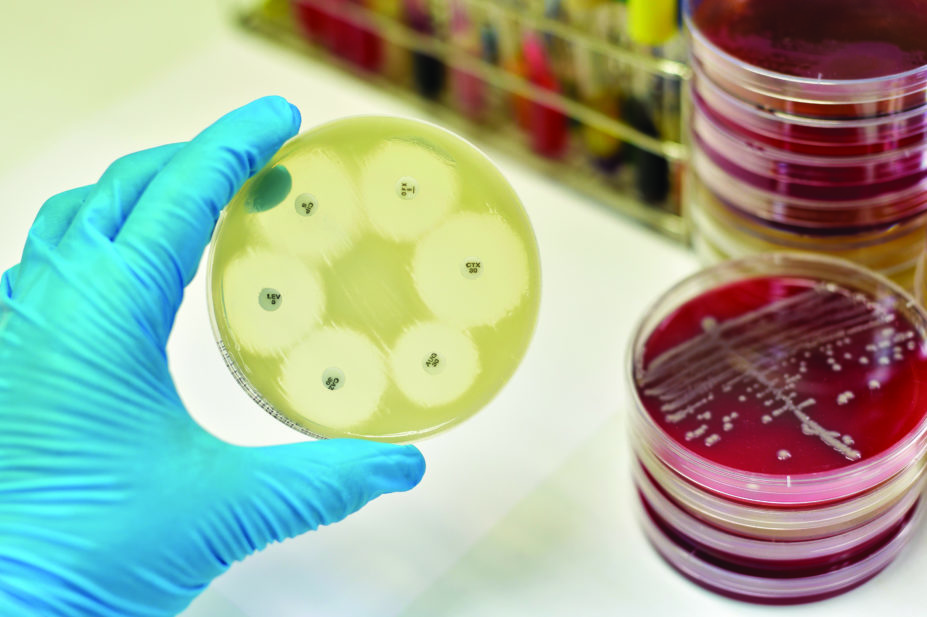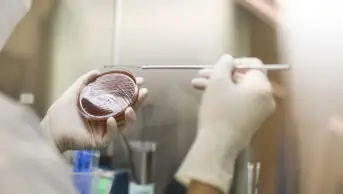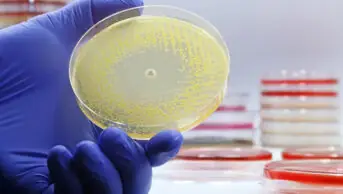
Shutterstock.com
Antibiotic supply chains are on the brink of collapse, putting basic healthcare across the globe at risk, according to a new white paper published today by the Access to Medicine Foundation (AMF).
The AMF, which is an independent non-profit organisation based in the Netherlands, pointed to a variety of flaws in the antibiotics market which have had a “huge” impact on its supply chain, and revealed details of how those supply shortages have been felt around the world.
The report highlighted that, when shortages occur, doctors often resort to using less optimal treatments which are not only less effective but increase the risk of antimicrobial resistance (AMR).
“This is because every time we use an antibiotic we give bacteria the chance to adapt and develop resistance. To reduce the threat of AMR, doctors must ensure that the right antibiotic is used against the right organism,” the paper said.
According to the white paper, a 2015 Europe-based survey found that half of hospital pharmacist respondents reported that patients were given inferior drugs during shortages, while more than a third said stock-outs led to medication errors.
In 2016, an explosion at a Chinese factory triggered a shortage of the key broad spectrum antibiotic piperacillin-tazobactam, which is typically used to treat patients in intensive care.
The effects of that shortage were felt in the UK and prompted hospital doctors in summer 2017 to warn that they were having to ration the drug. The crisis triggered a call from the Royal Pharmaceutical Society at the time for the use of a broader range of antibiotics in hospitals in order to protect the UK from the impact of global supply problems.
There were 148 national antibiotic shortages in the United States alone between 2001–2013, the report said. The continuing global shortage of penicillin has hit 39 countries. In Brazil the shortages coincided with an outbreak of syphilis, which has spiralled out of control; the number of babies born in Brazil with congenital syphilis more than doubled between 2012 and 2015.
A key factor behind the shortages, according to the AMF paper, is that often the active ingredient for an antibiotic is produced by only a few factories around the world which means just one failure at a single plant can have a huge knock-on effect.
The pharmaceutical industry also has little incentive to take action on its own as the biggest market for antibiotics is in poorer countries.
“Few pharmaceutical companies are willing or able to invest in rebuilding supply chains. Antibiotics offer slim margins, R&D is risky and expensive and growth in demand comes mainly from the poorest,” said the report.
The complexities of the antibiotic supply chain also mean that some countries may face shortages, some may have access only to low-quality products, and others may have easy access to drugs which, in turn, increases the risks of AMR.
The white paper called for global coordinated action by national governments, the pharmaceutical industry and drug regulators to tackle the problem.
It said that pharmaceutical companies should communicate information about their plans and stock data earlier and in more detail.
The AMF’s executive director Jayasree Iyer said: “The global health community, including the pharmaceutical industry, has experience in getting medicines to people who need them, for example for vaccines and HIV/AIDS medicines.
“What is critically needed now is to puzzle out how this knowledge can be used to secure antibiotic supply, especially in low- and middle-income countries where the need for antibiotics is simply staggering.”
Paul Fleming, technical director at the British Generic Manufacturers Association (BGMA), welcomed the paper’s call for sustainable long-term solutions to improve the security of antibiotics supply.
“We agree that in recent years medicines supply chains have become more global and complex, with fewer suppliers for many antibiotic active ingredients and key intermediates — this increases the risk of shortages.
“As stated in the report, more incentives for industry to invest in R&D for new classes of antibiotics are needed.
“This also applies to existing generic antibiotics where a more attractive economic environment, less focused on driving down medicine costs through tendering, would encourage new entrants and help to retain existing manufacturers,” he said, adding that it would make supply chains more robust with alternative supply options and also protect affordability by the competition between producers.
“The report includes several best-practice examples from generic manufacturers, and as BGMA, we work closely with the NHS and the Department of Health and Social Care to help improve processes for identifying risks of shortages in UK.
“The soon to be implemented Health Service Medical Supplies (Costs) Act will strengthen the UK system further, particularly in providing more notice of potential supply disruptions.”


